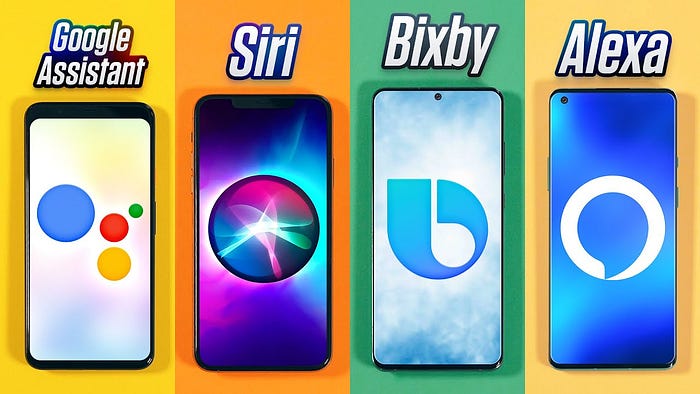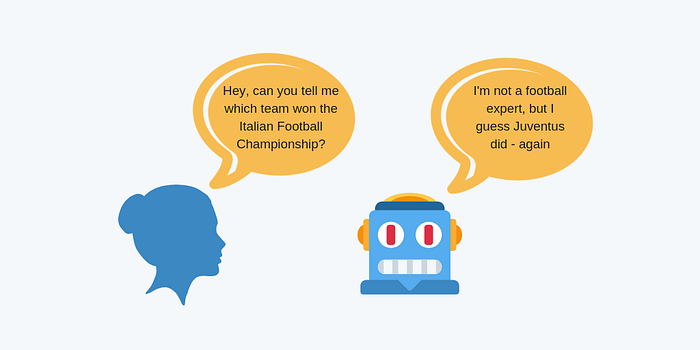How Artificial Intelligence (AI) is Revolutionizing User Experience (UX) Design

My motive
Welcome to my daily learning journey blog! I’m excited to share with you the insights and experiences I’ve gained along the way. While my perspective may not appeal to everyone, I believe that by keeping an open mind and considering my experiences, you can find something valuable that can have a lasting impact on your personal and professional growth. I hope that by following along with my journey, you will discover how it has the potential to transform your life and career. So join me on this journey with an open and empathetic mindset, and let’s see where it takes us!
“Before reading this article, keep in mind that UX is not an inflexible set of rules.”
The field of user experience (UX) design is constantly evolving, and one of the most significant recent developments has been the incorporation of artificial intelligence (AI) into the design process. As AI technology becomes more advanced and widely available, it has the potential to greatly enhance the user experience and revolutionize the way we interact with digital products.
One of the primary ways AI is being used in UX design is through the implementation of chatbots and virtual assistants. These AI-powered tools can provide users with quick and accurate responses to their questions, greatly improving the efficiency and convenience of interacting with digital products. For example, chatbots can be used to assist users with completing online transactions or navigating a website, while virtual assistants like Siri and Alexa can help users with scheduling appointments or setting reminders.

Another way AI is being used in UX design is through the implementation of personalization and recommendation systems. These systems use machine learning algorithms to analyze user data and tailor the user experience to their individual needs and preferences. For example, a recommendation system can suggest products or content that a user is likely to be interested in based on their browsing history or search queries. Personalization can also be seen in product or content suggestions in e-commerce websites like Amazon and Netflix.

AI-powered technology can also help to improve the accessibility of digital products for users with disabilities. For example, natural language processing (NLP) can be used to make voice-controlled interfaces more accurate and responsive to users with speech impairments. Additionally, machine learning algorithms can be used to automatically generate captions and subtitles for videos, making them more accessible to users who are deaf or hard of hearing.

However, while AI has the potential to greatly enhance the user experience, it’s important to consider the potential negative impacts that it may have. For example, the overuse of AI-powered personalization and recommendation systems can lead to filter bubbles, where users are only exposed to a narrow range of information that reinforces their existing beliefs and biases. Additionally, the increasing reliance on AI-powered tools may lead to job losses and reduced human interaction.
In conclusion, AI has the potential to greatly enhance the user experience and revolutionize the way we interact with digital products. However, it’s important for UX designers to consider the potential negative impacts of AI and use it responsibly. As AI technology continues to advance, we will see more and more integration of AI in UX design, which will bring new opportunities and challenges for designers and developers.
“I appreciate you taking the time to read my article on the role of Artificial Intelligence (AI) in revolutionizing User Experience (UX) Design. I welcome any comments or opinions you may have on the topic. I hope this article has been educational and beneficial to your understanding and advancement. I anticipate future conversations on this matter. Thank you again.”

